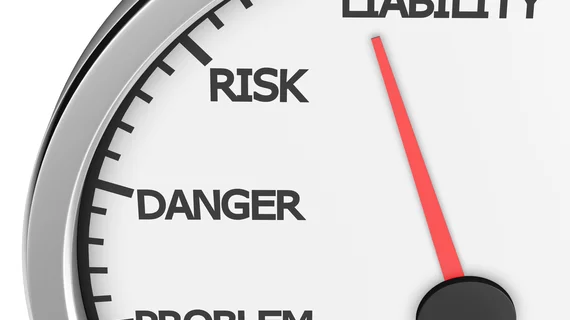A study of Native Americans who experienced ischemic stroke showed they carried a high burden of risk factors, nearly all of which grew in prevalence from 2000 to 2016.
Previous research has shown Native Americans have the highest incidence of stroke of any racial group in the U.S., according to a press release from the American Stroke Association (ASA). And the new study, which used the Cerner nationwide database to capture the electronic health records of 4,729 Native Americans diagnosed with ischemic stroke, may help explain why that’s the case.
Two-thirds of the patients had high blood pressure, while 38.8 percent had diabetes, 23.4 percent had coronary heart disease and 21.6 percent were smokers. In addition, 12.3 percent were diagnosed with heart failure and 10.5 percent and 1.4 percent had atrial fibrillation and atrial flutter, respectively.
Notably, every one of those factors other than diabetes rose significantly from 2000 to 2016.
“It was alarming to find a significant increase in modifiable risk factors like smoking and high blood pressure. Clinicians should aggressively target modifiable stroke risk factors in the Native American population,” lead author Dinesh V. Jillella, MD, a vascular neurology fellow at the Cleveland Clinic Foundation, said in the release.
The study is slated to be presented Feb. 7 at the ASA’s International Stroke Conference in Honolulu but the ASA previewed the findings ahead of the meeting.
Commenting for the ASA through Skype, Brian Silver, MD, said the rise in risk factors reflects not just a stroke or neurology issue, but “a public health issue.” He suggested health professionals creatively target Native American populations through “culturally appropriate venues”—taking a page from another study that found a barbershop-based intervention effectively lowered the blood pressure levels of hypertensive black patrons.
“If the tactic is simply trying to discuss (risk factors) in a clinic setting and the numbers keep rising, then you need to go on to another strategy,” said Silver, chair of the department of neurology and a professor at the University of Massachusetts Medical School in Worcester. “And that strategy may be going out to cultural events where large numbers of people go and then doing outreach in that way. Rather than having people coming to you, you go out to them."
Jillella and colleagues said they’re currently studying how common certain risk factors are in Native American stroke survivors compared to those from other races with a lower incidence of stroke. They’re also looking into the prevalence of risk factors in Native Americans with hemorrhagic strokes.

